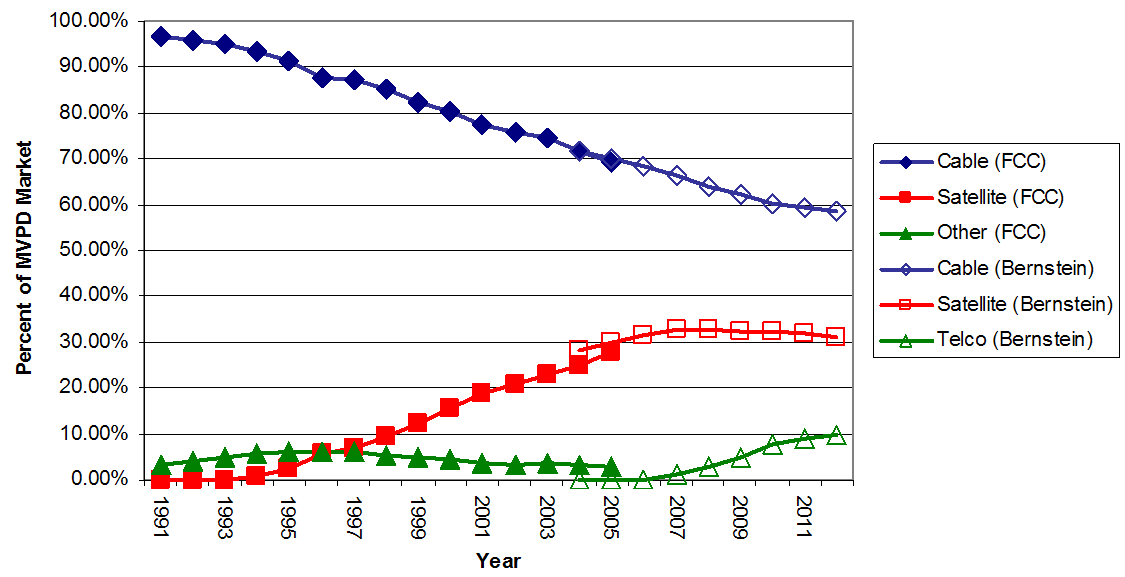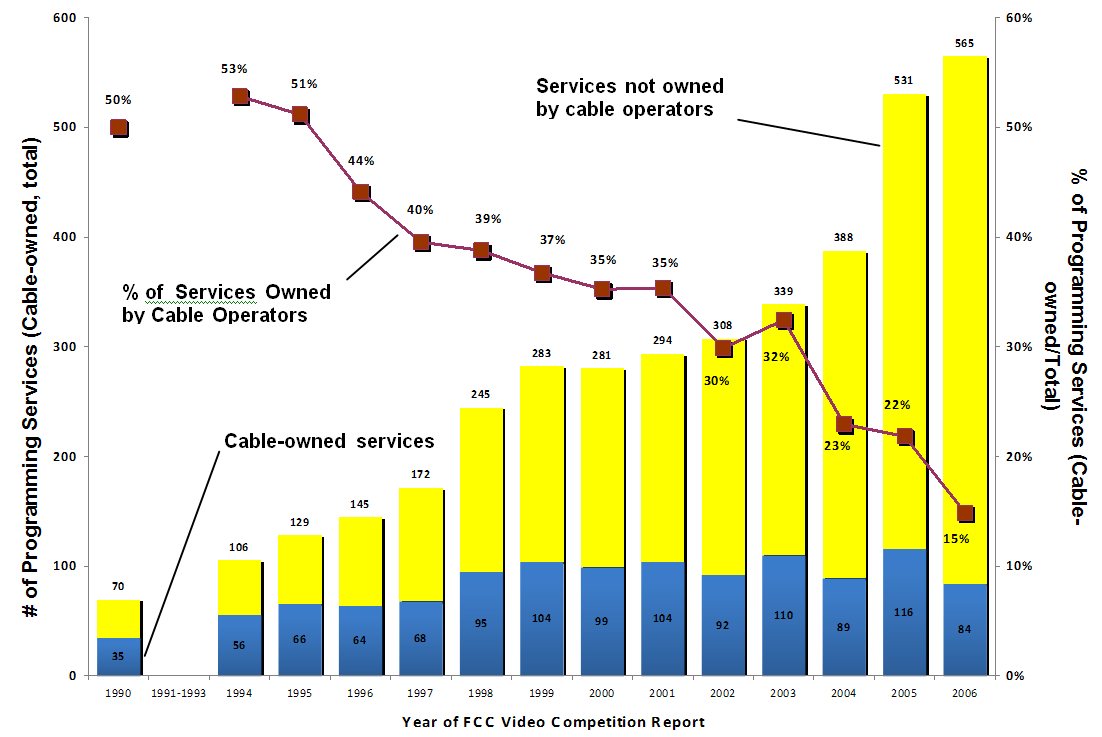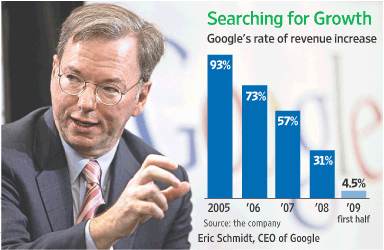Microsoft is making a major push to integrate social networking tools like Facebook and Twitter into its Bing search engine: users will soon be able to “Ping” search results they like to their friends directly from Bing. Back in January, in “Google, the Innovator’s Dilemma and the Future of Search & Web Ads,” I talked about the implications of this history of search from the WSJ):
Microsoft missed its opportunities to get into paid search not because it was “dumb,” “uninnovative” or a “bad” company, but for the same sorts of reasons that big, highly successful and even particularly innovative companies fail. The reasons companies generally succeed in mastering “adaptive” innovation of the technologies behind their established business models are the very reasons why such great companies struggle to encourage or channel the “disruptive” innovation that renders their core technologies and business models obsolete. This dynamic was described brilliantly in Harvard Business School professor Clayton Christensen’s classic 1997 book The Innovator’s Dilemma: When New Technologies Cause Great Firms to Fail…
Let’s hope that Microsoft—as well as Yahoo!—have carefully studied the vast literature produced by business schools in the wake of Christensen’s book about how big companies can avoid the Innovator’s Dilemma by promoting—and capitalizing on—radical innovation from within. Indeed, this seems to be precisely what has guided Google’s own strategy as it has grown from “disruptive innovator” to become the very sort of behemoth that cannot easily escape the Dilemma, even if corporate managers are fully aware of the problem on a theoretical level. If Google can do it, Microsoft should be able to, too. But let’s also not discount the possibility that, no matter how hard Google’s management might try to retain the innovative culture of a start-up, the giant can’t do that well enough to prevent its own apparent market dominance from being disrupted by new upstart innovators in search and advertising technologies.
My prediction seems to be coming true: Microsoft, with less to lose and without a huge installed user base to worry about annoying by violating Google’s “Prime Directive” of elegant simplicity, may have an easier time introducing “disruptive” innovations to search than Google. Of course, it’s unlikely that any one feature will prove the “killer app” that suddenly causes Bing’s market share to explode—and Google’s to plummet—but a steady stream of such nifty features could convince many users to switch to Bing.
At 29, I’m old enough to remember when Microsoft seemed as cool as Google does today. Hell, I remember being thrilled as a sophomore in high school by Bill Gates’ 1995 book The Road Ahead and the accompanying CD-ROM (which included, as I recall, a tour of Gates’s ultra-futuristic home). If Microsoft can “get its mojo back,” the company could truly become a web services provider to rival Google. We’d all benefit from having more choices in search engines, advertising platforms and related tools. And, driving each other to “build a better mousetrap,” the two companies could lead us down the “Road Ahead” from Search 2.0 to Search 3.0 and beyond. So here’s to hoping that Redmond can solve the “Innovator’s Dilemma” with tools like Google’s “20 percent” time that free engineers to innovate!
A few gems from George Gilder’s 1990 masterpiece Microcosm: the Quantum Revolution in Economics & Technology as I work my way through the book:
Predatory Pricing. Gilder details how early microchip manufacturers created wholly new markets put Say’s law into action: supply creating its own demand. Not only did these companies introduce new technologies, but they created demand by slashing the prices of those technologies by multiple orders of magnitude (10-10,000x) even before they figured out how to lower production costs enough to make even a small profit. While such practices would later give rise to charges of “predatory pricing” and “dumping,” Gilder explains:
Selling below cost is the crux of all enterprise. It regularly transforms expensive and cumbersome luxuries into elegant mass products. It has been the genius of American industry since the era when Rockefeller and Carnegie radically reduced the prices of oil and steel. (122)
The Learning Curve: Gilder explains the dynamic by which prices drop so consistently in innovative new industries:
Early in the life of a product, uncertainty afflicts every part of the process. An unstable process means energy use per unit will be at its height. Both fuels and materials are wasted. High informational entropy in the process also produces high physical entropy.
The benefits of the learning curve largely reflect the replacement of uncertainty with knowledge. The result can be a production process using less materials, less fuel, less reworks, narrower tolerances, and less supervision, overcoming entropy of all forms with information. This curve, in all its implications, is the fundamental law of economic growth and progress. (125)
The Curve of the Mind: Gilder explains the broader implications of the Learning Curve to the competitiveness of the market economy, and how easily yesterday’s giants can become tomorrow’s easy prey: Continue reading →
I’ve been looking for something nice to say about Ted Kennedy. I thought I found it in the eulogy he gave at his brother Robert’s funeral (MP3) —only to realize that the most rousing parts of that oration were quotes from a speech RFK gave in 1966 in South Africa. While generally taken as a mantra for American social democrats—mild democratic socialists who, having already stolen the word “liberal,” found it necessary to steal the word “Progressive,” too—RFK’s speech contains one passage that is as relevant to RFK’s vision of perpetual “Social Progress” as it is to the reality of perpetual technological progress:
surely we can begin to work a little harder to bind up the wounds among us and to become in our own hearts brothers and countrymen once again. The answer is to rely on youth—not a time of life but a state of mind, a temper of the will, a quality of imagination, a predominance of courage over timidity, of the appetite for adventure over the love of ease. The cruelties and obstacles of this swiftly changing planet will not yield to the obsolete dogmas and outworn slogans. They cannot be moved by those who cling to a present that is already dying, who prefer the illusion of security to the excitement and danger that come with even the most peaceful progress.
It is a revolutionary world we live in, and this generation… has had thrust upon it a greater burden of responsibility than any generation that has ever lived.
RFK wasn’t talking about the Digital Revolution, but the same words could have come from Virginia Postrel, the Mary Wollstonecraft of the Internet era, whose 1998 book The Future and Its Enemies rallied “dynamists” against “stasists” to embrace technlogical change. RFK’s call for courage and imagination needs only to be tempered by a pragmatic recognition of the challenges such change creates. As Adam Thierer declared in his Pragmatic (Internet) Optimist’s Creed:
I believe that the Internet is reshaping our culture, economy, and society – in most ways for the better, but not without some heartburn along the way.
I believe that the world of information abundance that has dawned is vastly superior to the world of information poverty that we just left. But I also understand that not all information is equal and that that the rise of abundance raises concerns about information overload, objectionable content, and the role of “authority” and “truth.”
With these important caveats, those of us who believe in both Progress and Freedom can embrace Kennedy’s bold futurism, which his brother John called the “New Frontier” in his electrifying nomination acceptance speech at the 1960 Democratic National Convention: Continue reading →
The Tennis Channel and ESPN have teamed up to offer live coverage of the US Open online. Not only is this a wonderful thing for consumers, but it also demonstrates just how easily content creators (including traditional television programming networks) can completely bypass cable companies, who once supposedly used their “bottleneck” power to act as “gatekeepers” over the content Americans could receive. If this was ever true, it certainly isn’t true in the era of Internet video!
The venture will, of course, be ad-supported. But just how much content such a model can support will depend heavily on whether Internet video programming distributors like this venture (or Hulu.com) will be able to personalize the ads shown on their videos based on the likely interests of users. Ad industry observer David Hallerman has predicted that spending on behavioral advertising:
is projected to reach $1.1 billion in 2009 and $4.4 billion in 2012 [a quarter of U.S. display advertising].The prime mover behind this rapid increase will be the mainstream adoption of online video advertising, which will increasingly require targeting to make it cost-effective.
The problem isn’t just the expense involved in streaming online video, it’s that contextually targeting advertising (based on keywords) is easy when the content is text but far more difficult when the content is video.
So if you’re hoping to cut the cord to cable and save the expense of a monthly cable subscription, you’d better hope the privacy zealots don’t wipe out advertising model necessary to make Internet video a true substitute for traditional subscription video sources!
A coalition of ten self-described “consumer and privacy advocacy organizations” today demanded legislation that would restrict the collection and use of data online for customizing advertising based on Internet users’ interests. I’ll have more to say on this but here are my initial comments:
These so-called “consumer advocates” are actually anti-consumer elitists. Not only do they presume that consumers are too stupid or lazy to make their own decisions about privacy, but they ignore the benefits to consumers: more relevant advertising plus more and better content.
Advertising has been the “mother’s milk” of media in America since colonial times and the future of media depends on the ability of publishers to replicate that revenue model online. Micropayments, donations, subscriptions alone simply can’t fund a vibrant marketplace of ideas. Only personalized advertising can sustain publishers through the Digital Revolution.
Regulatory advocates haven’t demonstrated any harm to consumers that would justify such sweeping preemptive regulation. By strangling funding for new media, such regulations would amount to an “Industrial Policy” for the Internet. Instead, policymakers should focus on educating consumers and empowering them by promoting development of better privacy management tools.
Libertarian folk-hero Rep. Ron Paul has apparently convinced (WSJ) House Financial Services Committee Chairman Barney Frank to implement his proposal (HR 1207) for an audit of the Federal Reserve by the end of 2010. Paul’s Bill would expand existing audits considerably because, under current law, the Government Accountability Office,
can’t review most of the Fed’s monetary policy actions or decisions, including discount window lending (direct loans to financial institutions), open-market operations and any other transactions made under the direction of the Federal Open Market Committee. It also can’t look into the Fed’s transactions with foreign governments, foreign central banks and other international financing organizations…
While the bill only seeks a one-time audit, [Paul] said he wants the Fed to be audited at least annually with the report — and details of its transactions — disclosed publicly.
I’d like to up the ante: Let’s make sure that any data disclosures are made in eXtensible Business Reporting Language (XBRL), as Mark Cuban and our own Jim Harper have previously suggested. Such machine-readable disclosures would be much more useful, because the data could be analyzed or “mashed-up” with other data sets to answer questions we might not even be able to formulate today.
Gordon Crovitz has a fascinating piece in the WSJ today entitled, Diplomacy in the Age of No Secrets, discussing the Internet’s role in increasing public scrutiny of the deal negotiated by Scottish officials, British diplomats and the Libyan government over the release of Lockerbie bomber Abdel Basset al-Megrahi.
Diplomacy was once satirically defined as the patriotic art of lying for one’s country. This approach is hard to sustain in a world that demands transparency. For diplomats, there’s no negotiating around the fact that confidential deals today could be headlines tomorrow.
I can’t wait to see how the State Department to this new reality!
The D.C. Circuit has struck down as arbitrary and capricious the FCC’s “cable cap.” The cap prevented a single cable operator from serving more than 30% of U.S. homes—precisely the same percentage limit struck down by the court in 2001. The court ruled that the FCC had failed to demonstrate that “allowing a cable operator to serve more than 30% of all cable subscribers would threaten to reduce either competition or diversity in programming.”
The court’s decision rested on the two critical charts (both generated by my PFF colleague Adam Thierer in his excellent Media Metrics special report) at the heart of the PFF amicus brief I wrote with our president, Ken Ferree:
First, the record is replete with evidence of ever increasing competition among video providers: Satellite and fiber optic video providers have entered the market and grown in market share since the Congress passed the 1992 Act, and particularly in recent years. Cable operators, therefore, no longer have the bottleneck power over programming that concerned the Congress in 1992.

Second, over the same period there has been a dramatic increase both in the number of cable networks and in the programming available to subscribers.
Our chart shows the explosion in the number of programmers (though not the total amount of programming), as well as the falling rate of affiliation between cable operators and programmers, which was among the prime factors motivating Congress when it authorized a cable cap in the 1992 Cable Act:

Continue reading →
 The Google juggernaut’s revenue growth has slowed steadily in the last five years, causing the Wall Street Journal to caution investors about buying Google stock. While much of the slow-down in Google’s revenue may be attributed to the recession, the WSJ cautions that:
The Google juggernaut’s revenue growth has slowed steadily in the last five years, causing the Wall Street Journal to caution investors about buying Google stock. While much of the slow-down in Google’s revenue may be attributed to the recession, the WSJ cautions that:
- Microsoft is offering stiffer competition in search, which will only intensify once antitrust regulators approve its partnership with Yahoo! and the two companies actually implement their partnership (which could take another year);
- YouTube’s promise as an ad platform remains uncertain;
- Google lags behind Apple and Research in Motion in developing mobile phone operating systems, with Android still unproven;
- It remains unclear how successful the company will be in expanding beyond its existing lead in small text ads into the potentially lucrative realm of banner ads.
Somehow I doubt Google’s fall to Earth will do much to allay the concerns of those who see Google as the kind of evil monopolist Microsoft was made out to be in the 90s.
As the Journal concludes, “It would be foolish to predict that Google won’t have another business success, of course… Google may itself discover the next Google-like business.” As long as someone’s out there working to turn today’s idle fantasies into tomorrow’s multi-billion dollar businesses, consumers win—whoever that bold innovator might be.
Ahoy, TLFers! Looking for a way to do your part for the Cyber-Libertarian Resistance?
We’ve recently upgraded the site with a new look developed by our own Jerry Brito (preserving PJ Doland’s iconic art work) based on the Thesis Theme for WordPress. We now need help customizing Thesis to improve the functionality of the site—like allowing users to access lists of content sorted by category, author or tag. If you think you might be able to help, please drop me a line at bszoka [at] pff [dot] org. We’d be very grateful for your help!






 The Technology Liberation Front is the tech policy blog dedicated to keeping politicians' hands off the 'net and everything else related to technology.
The Technology Liberation Front is the tech policy blog dedicated to keeping politicians' hands off the 'net and everything else related to technology.